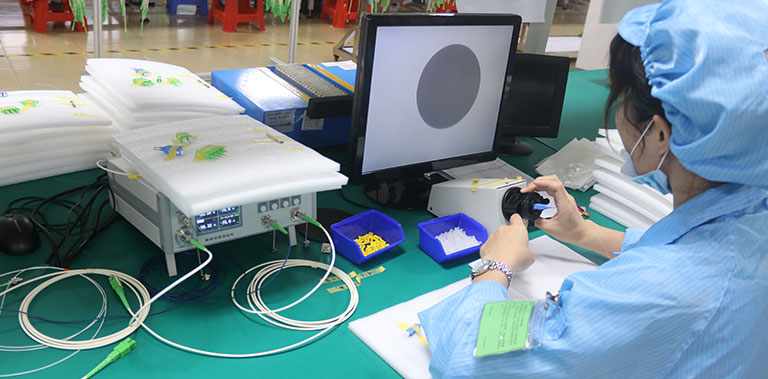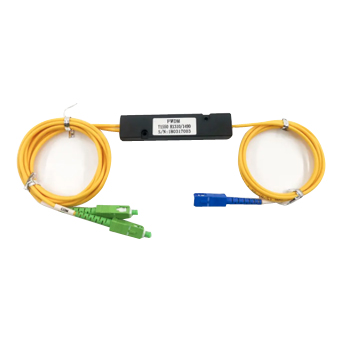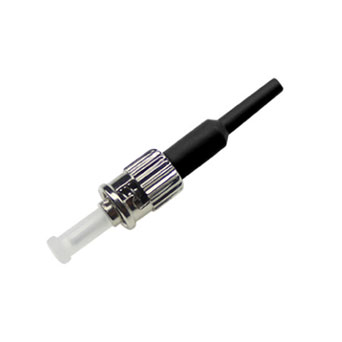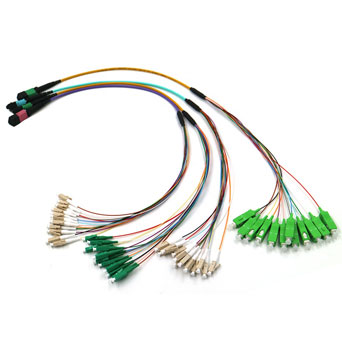An optical fiber splitter is an optical passive device that divides one optical fiber signal into multiple optical signals for output. It can realize the splitting and combine of light energy (power). It distributes the light energy transmitted in one optical fiber to two or more optical fibres according to a predetermined ratio or combines the light energy transmitted in multiple optical fibers into one optical fiber. As one of the optical splitter manufacturers, Phxfiber's Optical fiber splitter is widely used in optical fiber communication systems, radio and television networks, and other fields. Click here for fiber splitter types and get optical splitter price.

Working Principle of Optical Fiber Splitter
When a single-mode fiber conducts an optical signal, the energy of the light is not completely concentrated in the core and propagated in a small amount through the cladding close to the core. In other words, if the cores of the two optical fibers are close enough, the mode field of the light transmitted in one optical fiber can enter the other optical fiber, and the optical signal can be redistributed in the two optical fibers.
Type of Optical Fiber Splitter
According to the principle, the optical fiber splitter can be divided into two types: the fusion taper type and the planar waveguide type. The fusion tapered product is formed by fusion splicing two or more optical fibers on the side; the planar waveguide type is a micro-optical component type product that uses photolithography technology to form an optical waveguide on a dielectric or semiconductor substrate to achieve branch distribution. The two types of light-splitting principles are similar. They achieve different branch amounts by changing the evanescent field coupling between the fibers (coupling degree, coupling length) and changing the fiber radius. Conversely, it is also possible to combine multiple optical signals into one signal called a synthesizer. The fusion taper optical fiber splitter has become the mainstream manufacturing technology in the market because of its simple manufacturing method, low price, easy connection with external optical fibers as a whole, and resistance to mechanical vibration and temperature changes.
The fusion taper splitter is to disturb two (or more than two) fibers with the coating layer removed in a certain way. It is melted under high-temperature heating and stretched to both sides at the same time, and finally, a special waveguide structure in the form of a double cone is formed in the heating zone. By controlling the twisting angle and stretching length of the fiber, different light splitting ratios can be obtained. Finally, the tapering area is cured on the quartz substrate with curing glue and inserted into the stainless copper tube, which is the optical splitter. Due to the inconsistency between the thermal expansion coefficient of the cured adhesive and the quartz substrate and stainless steel tube in this production process, the degree of thermal expansion and contraction is inconsistent when the ambient temperature changes. This situation is likely to cause damage to the optical splitter, especially the optical split The situation is even worse when placed in the field, which is also the main reason why the optical branch is easily damaged. For more splitter production, multiple two splitters can be used.
Fused tapered fiber splitter for transmitting and distributing signals. The fusion drawing technology is to bundle two or more optical fibers together, and then melt and stretch them on the tapering machine, and monitor the change of the splitting ratio in real-time. When the splitting ratio meets the requirements, the melt drawing is finished, and one end of the optical fiber remains ( The rest is cut off) as the input end, and the other end is used as the multiple output end.
Learn more about
Lgx splitter
Cassette type splitter
PM fiber splitter

 EN
EN




